Plastic tubes for cosmetics are a cornerstone of the beauty sector's packaging arsenal, marrying practicality, aesthetic appeal, and user convenience. These vessels are crafted to house and deliver a myriad of cosmetic formulations, safeguarding their quality from the manufacturing line to the moment of application.
Types and Characteristics of Cosmetic Plastic Tubes
The array of plastic tubes for cosmetics is varied, with each variant tailored to a particular use. Lip balm plastic containers are diminutive and engineered for effortless application, often incorporating a twisting feature. Conversely, plastic lotion tubes are more substantial, with a wider aperture to dispense denser emollients. For commercial entities, wholesale cosmetic squeeze tubes present a cost-effective option, enabling mass procurement and personalization. These containers span from petite, portable samples to ample, consumer-ready sizes. Niche offerings like sugarcane cosmetic tubes address the demands of the environmentally aware demographic, providing biodegradable alternatives without compromising on excellence or practicality.
Structure and Operation of Cosmetic Plastic Tubes
The architecture of a cosmetic squeeze tube is thoughtfully conceived to optimize function and ease of use. The tube's body is fashioned to be pliable yet sturdy, facilitating effortless compression without sustaining damage. The neck is designed to ensure a steady product flow, while the cap—whether a screw-on, flip-top, or bespoke applicator—secures a tight closure to avert leaks and uphold cleanliness. For instance, plastic lip gloss tubes may sport a supple, angled tip for precise delivery, whereas plastic lotion tubes might feature an expanded opening to allow for the smooth release of thicker lotions without blockage.
Materials and Properties of Cosmetic Tubes
Selecting materials for plastic tubes for cosmetics is pivotal, as they must be compatible with the product's chemical makeup and the brand's ecological aspirations. Aluminum layers provide a defense against light and oxygen, preserving the active constituents of the product. Plastics such as ABS strike a balance between durability and malleability, suitable for an extensive array of cosmetic items. The rise of sugarcane cosmetic tubes signals a move towards substances that are not only robust and protective but also renewable and less detrimental to our planet. These materials are meticulously chosen to prevent any interaction with the cosmetic contents, thereby maintaining the product's effectiveness and longevity.
Business Usages and Applications of Cosmetic Tubes
Plastic tubes for cosmetics play a crucial role across various commercial landscapes, from niche beauty labels to expansive pharmaceutical firms. They are employed to encase a plethora of products, including but not limited to hand lotions, facial masks, and sunblocks. In professional settings such as dermatological offices or makeup artists' salons, these tubes guarantee hygienic dispensation, which is essential for client well-being and product preservation. The commercial value of these tubes is underscored by their capacity to maintain product integrity, prolong shelf life, and act as a medium for brand communication and design.
Functions of Cosmetic Plastic Tubes
The fundamental purpose of cosmetic squeeze tubes wholesale is to shield the contents from external pollutants while offering an efficient dispensing system. They are crafted for user-friendliness, permitting precise control over the quantity of product released, which is especially crucial for items applied in minute amounts, such as eye treatments or lip salves. The tubes' utility is augmented by their structural features, which may include innovations like airless pump mechanisms to inhibit product oxidation and spoilage.
Features of Cosmetic Plastic Tubes
The attributes of plastic tube packaging for cosmetics are customized to satisfy both product requirements and consumer preferences. Technological advancements such as multi-layered tubes afford superior protection for delicate formulations, while see-through segments or windows enable users to monitor how much product remains. Distinctive selling points, like uniquely shaped applicators for plastic lip gloss containers, not only set these tubes apart from rivals but also elevate the user experience.
Benefits of Cosmetic Plastic Tubes
The adoption of plastic tubes for cosmetics yields a multitude of advantages. They are sanitary, diminishing the likelihood of product contamination from hands or the environment. The tubes are also constructed to reduce waste, facilitating efficient extraction of the product. For companies, the advantage lies in the potential to utilize the tube's exterior for branding, with options for premium printing and labeling that can transform the packaging into an influential promotional asset.
How to Use and Maintain Cosmetic Plastic Tubes
Proper utilization of plastic tubes for cosmetics entails exerting the correct amount of pressure to release the product, while maintenance involves ensuring the tube is sealed when not in use to prevent desiccation or leakage. For recyclable materials like those in sugarcane cosmetic tubes, appropriate disposal includes cleansing the tube and detaching it from its cap if they are composed of disparate materials, to facilitate accurate recycling processing.
How to Choose the Right Cosmetic Plastic Tube
Selecting the right plastic tube packaging for cosmetics demands an understanding of the product's consistency, the anticipated shelf life, and the consumer's application habits. For example, a thick hand cream would be best accommodated in a tube with a broad mouth and a robust structure, while a more liquid eye serum may be better suited to a tube with a slender nozzle for controlled dispensing.
How to Clean and Recycle Cosmetic Plastic Tubes
Cleaning plastic lotion tubes entails washing them with tepid water to remove any remaining product. Recycling practices may differ, but generally, the tubes should be depleted as much as possible, cleansed, and sorted as per local recycling standards. Certain materials might necessitate special treatment or be taken to designated drop-off points for recycling.
Target Audience and Product Needs
The intended market for cosmetic squeeze tubes wholesale spans a wide spectrum of enterprises within the beauty and personal care industry. These tubes are conceived with the end-user in mind, ensuring they fulfill the practical demands of daily cosmetic routines while also catering to the aesthetic and ethical predilections of consumers who prioritize both functionality and environmental responsibility.
What are the benefits of using plastic tubes for cosmetics?
The advantages of utilizing plastic tubes for cosmetics are numerous. They safeguard against impurities, enable precise product application, and are lightweight for ease of transportation. Moreover, the recyclable nature of materials like those derived from sugarcane aligns with the sustainability values of brands and the preferences of eco-conscious consumers.
How do plastic cosmetic tubes enhance product longevity?
Plastic tube packaging for cosmetics bolsters product longevity by creating a hermetic environment that curtails oxidation and degradation of the cosmetic substance. This is particularly pertinent for items containing active ingredients sensitive to air exposure, such as vitamin C serums or retinol-based products.
Are there eco-friendly options for cosmetic plastic tubes?
Indeed, eco-friendly alternatives like sugarcane cosmetic tubes are available, crafted from renewable resources and recyclable. These options are increasingly favored as they offer a diminished carbon footprint while maintaining the integrity and functionality of the packaging.




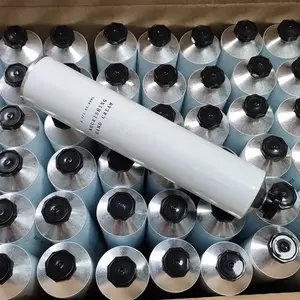





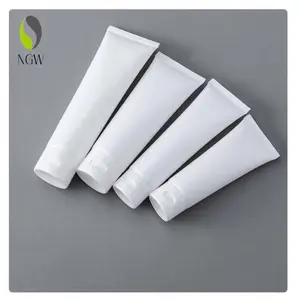

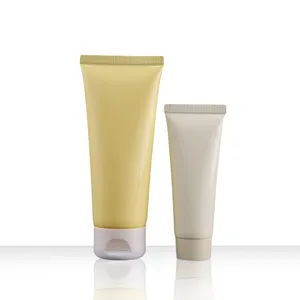



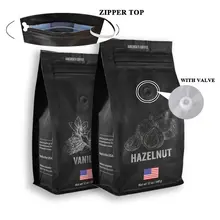
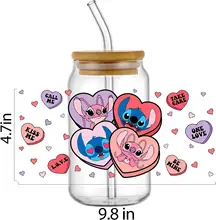
























 浙公网安备 33010002000092号
浙公网安备 33010002000092号 浙B2-20120091-4
浙B2-20120091-4